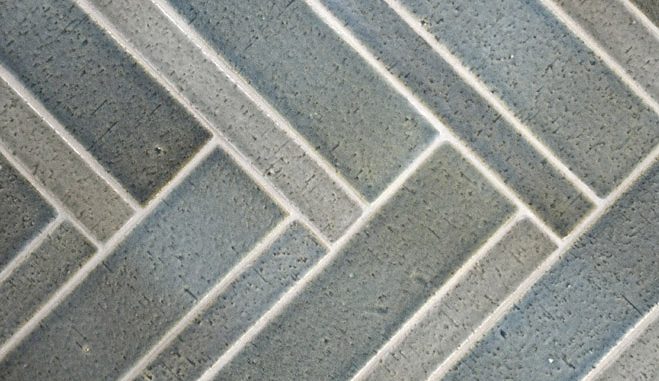
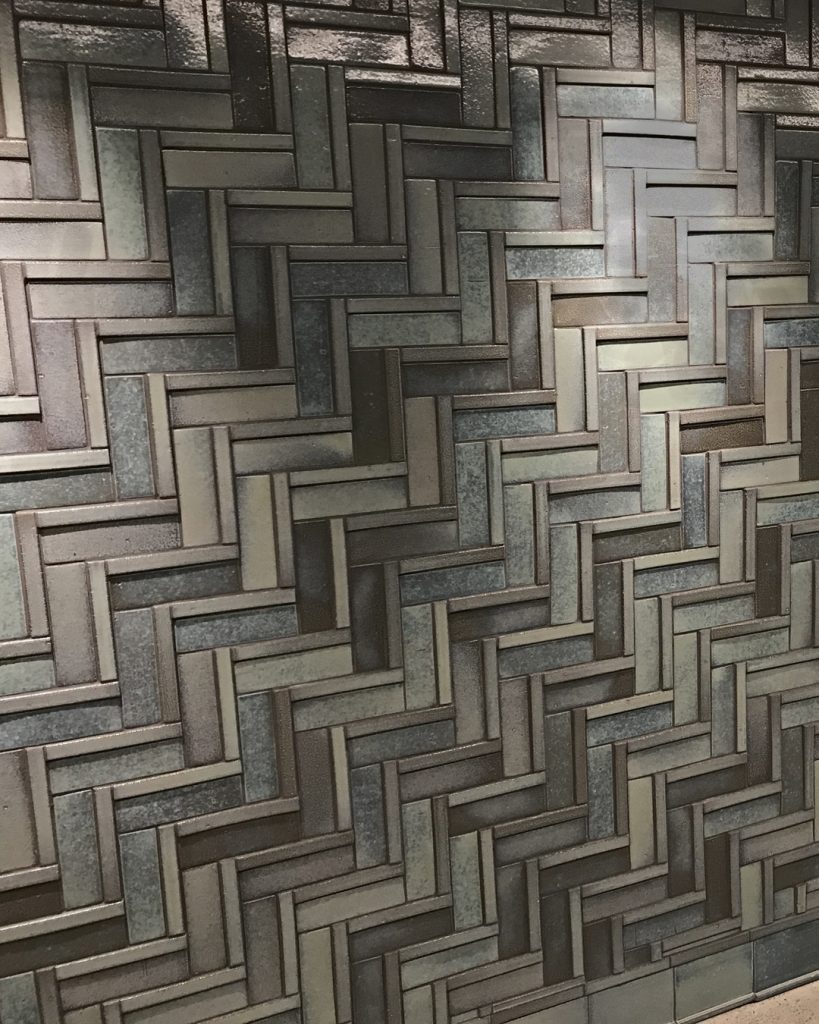
Glaze Variation and handmade Tile
Variation is the reason you buy handmade ceramic tile. Variation in size, shape, flatness, and glaze color is what gives handmade ceramic tile its warmth and charm. Variation is a feature and not a bug of handmade ceramics. You are paying extra to get it.
If that variation is not your thing? That’s ok, handmade tile just might not be for you. If the warmth and charm of a varied surface is your thing then read one and we explain a bit more about variation.
The V Scale
The V Scale is an industry convention used to communicate the amount of variation that one can expect from a material. The scale is from 1 to 4 and is illustrated with a grid of shared square that tries to communicate the relative amount of variation.
At Wizard we use a modified version of the scale. We use a grid of square but using a ranking system from High Variation down to Minimal Variation. We have also included a written description of the maximum amount of amount variation one can expect.
A variation rating is the maximum amount one can expect from a product and is not a guarantee of the minimum amount one can expect. When you receive a sample of a glaze, that sample is within the range of a glaze, but as it is only one piece, it can’t communicate the entire range of a glaze.
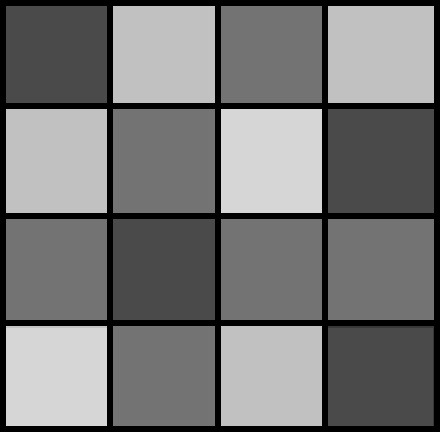
HIGH VARIATION: This glaze varies greatly from light to dark tones, texture, and also shifts in color. Variation is inherent to the handmade process and is intentional.
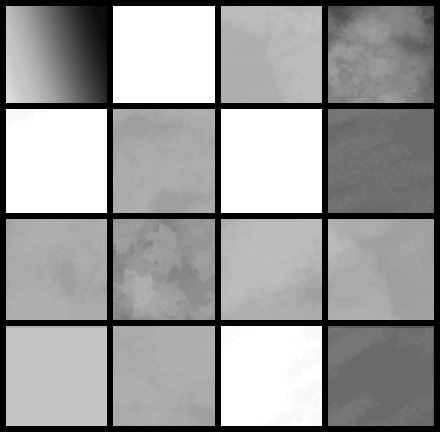
INTENTIONAL VARIATION: This glaze is created by multiple layers of different color glazes applied or glazes with extreme reactions in firing resulting in significant changes in color, tone, and texture.
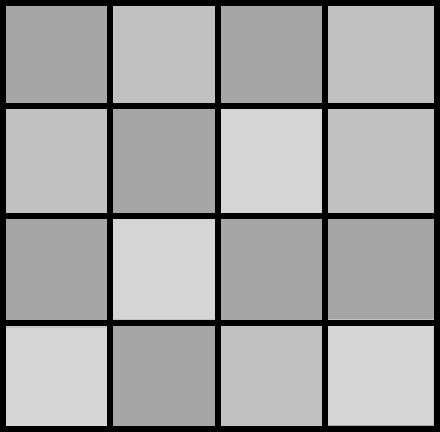
MODERATE VARIATION: This glaze has moderate variation in tone and texture.
Variation is inherent to the handmade process and is intentional.
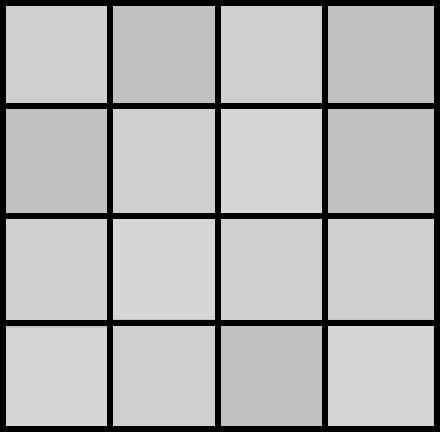
MINIMAL VARIATION: This glaze has subtle variation in tone and texture. Variation is inherent to the handmade process and is intentional.
Types of Variation
While the V Scale communicates the amount of variation there are also different types of variation. Each glaze can vary in one or all of these different modes.
Tonal Variation
From light to dark within the same color. A single tile can only show one tone and is not a complete representation of the glaze’s tonal range.

Textural Variation
Textural variation refers to the smoothness or mottling of a glaze. This includes size and density of crazing, crystal growth and ofter decorative techniques. As with all types of variation, the texture will vary from tile to tile within a batch and within a single tile.

Color Variation
Color variation is the shift from one hue to another within one glaze. Glazes that display shifts in color will do so from tile to tile and with some glazes within a single tile.

Crazing
Crazing is the appearance of fine cracks in the glaze, also called crackle. The size and distribution of crazing will vary from tile to tile and within a single tile. Crazing can be enhanced with stains to highlight them or sealed with clear in to minimize the effect. Crazing is not a defect, but a decorative effect the is made on purpose.

